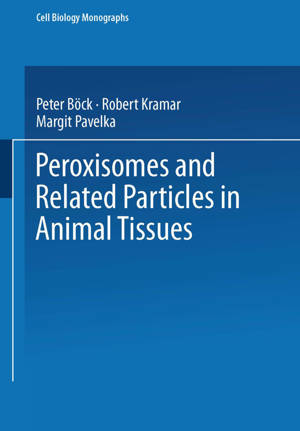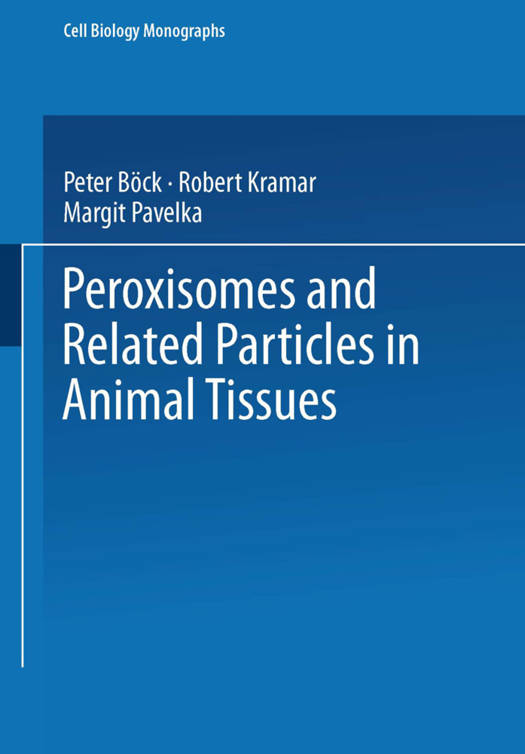
- Afhalen na 1 uur in een winkel met voorraad
- Gratis thuislevering in België vanaf € 30
- Ruim aanbod met 7 miljoen producten
- Afhalen na 1 uur in een winkel met voorraad
- Gratis thuislevering in België vanaf € 30
- Ruim aanbod met 7 miljoen producten
Zoeken
Omschrijving
In modern scientific investigation the fields of biochemistry, molecular biology, and morphology comprise an indivisible area of study. The present book results from the cooperation of a bioehernist and morphologists: the revision and unified treatment of available data is the primary object of our work. A comprehensive review of all the available literature is therefore beyond the scope of this volume. lt is intended to be a manual to be used in the laboratory, with convenient guidelines for practical work. Plant microbodies have been treated by B. GERHARDT in Volume 5 of this series. The discovery of fatty acid ß-oxidation in animal peroxisomes has proved once more that plant and animal microbodies are members of the same family of organelles. lt provided new insights into the physiological meaning of these particles; our understanding of these "classical" cell organelies is undergoing continual alteration and development. PETER BöcK Vienna, July 1980 ROBERT KRAMAR MARGIT PAVELKA Acknowledgements We wish to express our gratitude to Prof. Dr. D. H. FAHIMI and Dr. P. KALMBACH (Heidelberg) for kindly providing Figure 14, to Prof. Dr. KARIN GoRGAS (Heidelberg) for allowing the reproduction of Figure 43, to Profs. Dr. L. STOCKINGER and Dr. E. KAISER for helpful criticism, and to all our colleagues in our respective institutes. W e are especially grateful to Drs. H. GoLDENBERG and M. HüTTINGER for continuous discussion, to Mrs. JuTTA SELBMANN for typing the references, and to Mr. P. KAMPFER and Mr. H. WAGNER for carefully drawing some of the figures.
Specificaties
Betrokkenen
- Auteur(s):
- Uitgeverij:
Inhoud
- Aantal bladzijden:
- 240
- Taal:
- Engels
- Reeks:
- Reeksnummer:
- nr. 7
Eigenschappen
- Productcode (EAN):
- 9783709120576
- Verschijningsdatum:
- 23/08/2014
- Uitvoering:
- Paperback
- Formaat:
- Trade paperback (VS)
- Afmetingen:
- 170 mm x 244 mm
- Gewicht:
- 412 g

Alleen bij Standaard Boekhandel
+ 167 punten op je klantenkaart van Standaard Boekhandel
Beoordelingen
We publiceren alleen reviews die voldoen aan de voorwaarden voor reviews. Bekijk onze voorwaarden voor reviews.








